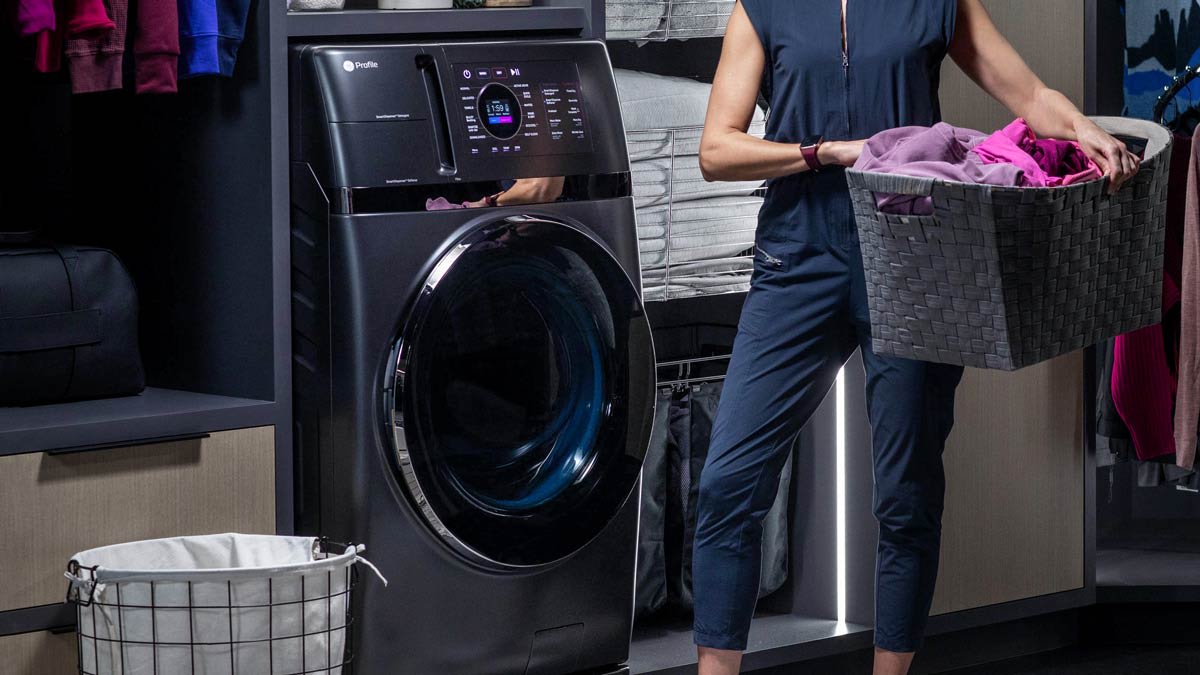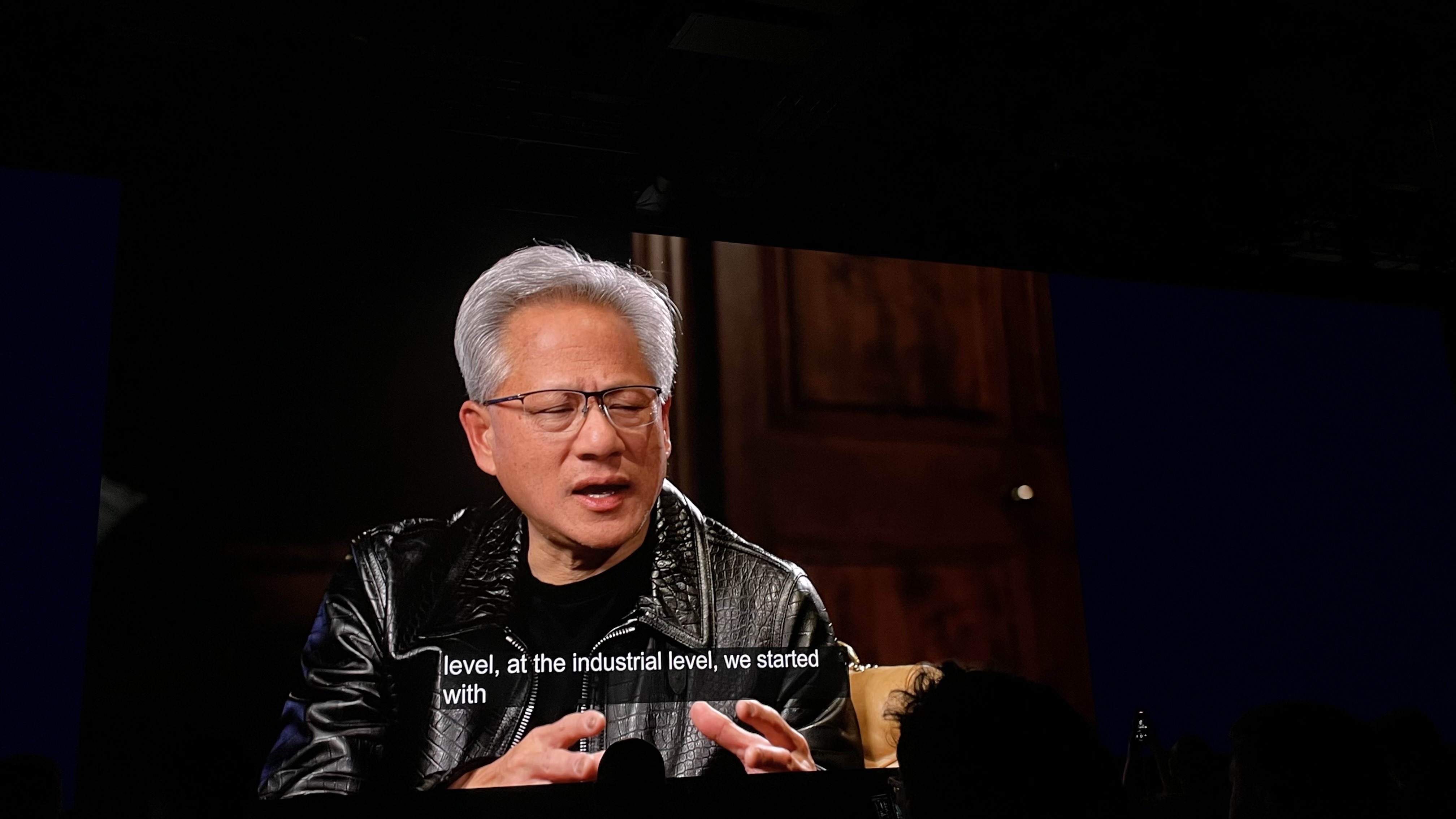All-in-One Washer-Dryer Combos Pros and Cons

They can be pricey. All-in-one washer-dryers can cost $2,000 or more. The good news is that prices are leveling off. (GE’s combo washer-dryer launched at nearly $2,900; now it’s priced around $2,000.) By comparison, the Whirlpool washer-dryer we tested costs about the same as—or even a little less than—a Whirlpool front-loader in our ratings.
Drying times are long. As noted above, it can take hours to dry a load of clothes in a combo machine. “It took over 3 hours to dry a 12-pound load in the combo we recently tested, and over 2 hours for an 8-pound load,” Handel says. (CR’s drying performance scores combine test results from a 12-pound load of mostly cotton jeans and towels, an 8-pound load of mixed synthetics, and a 3-pound load of delicates.)
Handel says that drying times can vary greatly among heat pump and condenser dryers. The models CR tested run on 110 volts compared with the 220-volt power required of most conventional electric dryers. Less voltage means less power can be supplied for heat, which can prolong drying times, Handel says.
Drum capacities are limited. Washer-dryer combos range in size from compact to full-sized, with drum capacities from 1.6 cubic feet to 5.3 cubic feet—more typical of washing machines than dryers. By comparison, the drum capacity of traditional gas and electric dryers ranges from 7 to 9 cubic feet. That means there’s less room for air to circulate, extending drying times, especially with large loads. That factors into the low drying performance score in our ratings. In addition, only the largest capacity combos can handle large, bulky items such as comforters. (CR recommends a capacity of at least 4.5 cubic feet for washing those.) Investing in a full-sized combo with a larger capacity drum can also improve drying performance and drying times.
You can’t wash and dry at the same time. All-in-one machines don’t allow you to multitask by washing your next load while another load dries. So doing four loads in a day can take 8 to 10 hours. Who has that much time? And the dual functionality can be impractical if you wash a lot of delicate clothes that you don’t want in a dryer. If so, you’ll have to program the washer-dryer functions independently.
They’re complex. When a washer and dryer (or in this case, a washer-dryer combo) has this many moving parts, repairs can get pricey. So it’s important to maintain your all-in-one combo to keep it running efficiently. Neglect can lead to even longer drying times, premature mechanical failures, and a shorter lifespan. That means cleaning the filter after each load and periodically rinsing it under hot water; routinely cleaning the auto dispensers of detergent and fabric softener residue; inspecting and wiping down the rubber drum gasket; and using the self-clean cycle once a month. Refer to your owner’s manual to extend the life of your machine so that your laundry life remains hassle-free. After all, that’s the biggest reason for buying a washer-dryer combo.
Source link











